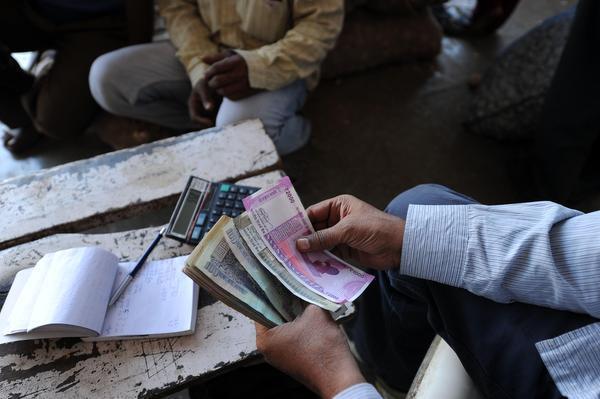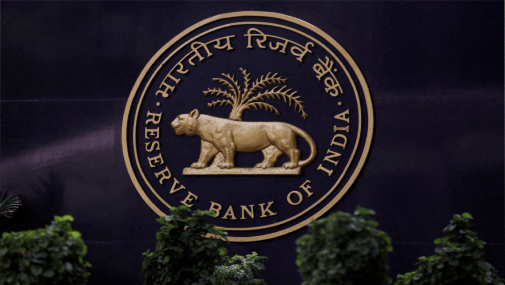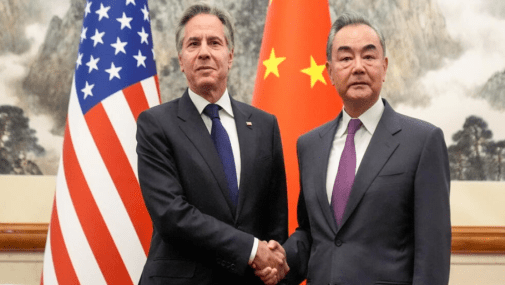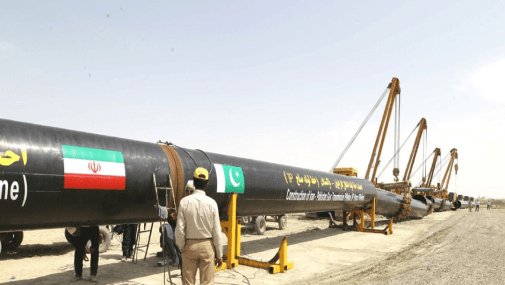Dynamic emerging economies
May 9, 2017 | Expert Insights

Union finance minister, Arun Jaitley, stated that India’s economic growth is expected to pick up in the coming years with respect to reforms such as demonetization and the rollout of the Goods and Service tax, irrespective of the challenges faced due to global trade restrictions. Quoting the projections stated by the International Monetary Fund (IMF), India’s GDP growth rate would be around 7.7% in the financial years of 2018-2019. In India, the investment is expected to slowly pick up, supported by the monetary easing, governments efforts towards the infrastructure investment and public-private partnership which are considered to contribute to the expected growth rate for India. Reports have also stated that the fiscal policy not only concentrates on the rural areas but also focus on curbing the budget deficit.
Post demonetization, India’s growth was projected at 6.6%. It is expected to rebound to 7.2% in 2017-2018 fiscal and 7.7% in 2018-2019 fiscal, while eliminating long-standing holdups to enhance market efficiency. The passing disturbances (primarily to private consumption) was caused due to the cash shortage followed by the currency exchange initiatives, which are expected to gradually dissolve in 2017 with liquidity eases.
Analysis
This growth stems from the improving productivity in the agriculture sector, which is labor-intensive and employs almost half of the Indian workers, remains a key challenge. There are several issues that would still need to be addressed including the liberalizing commodity market that would give farmers flexibility in their distribution and marketing of their produce, in turn increasing competitiveness, efficiency and transparency.
In 2016, India’s growth expanded by 2.2% which has been the slowest since the Great Recession of 2009. The world gross product is projected to grow at 2.7% in 2017 and 2.9% in 2018. While there has been considerable improvement, growth in the economy is relatively slow. But on the contrary the average growth rate for most developing countries such as Latin America, Africa and Western Asia is expected to pick up to 4.4% in 2017 and 4.7% in 2018, which indicates that India would have to strengthen their growth rate.
Assessment
India has positioned itself as the most dynamic emerging economies among the largest countries. The policy cut rate by the Reserve Bank of India to around 1.5% since the beginning of 2015, would help stabilize the growth rate for the following years. It is considered that a higher real disposable income would help contribute to a faster GDP growth. In most rural areas, the purchasing power is supported by the above-average rainfall from the monsoons and the urban consumption is supported by the hike in the civil servant wages to almost 24%. With the expansion of the working age population, access to high-quality job would also be important to boost the productivity and the growth in the coming years. India, would benefit from increased opportunities for trade and investment and additional measures would have to be taken to ease restrictions and lower trade and non-trade barriers.








Comments